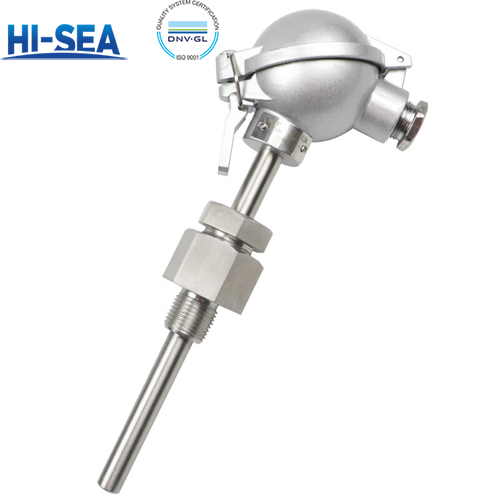
What is the Principle of Temperature Transmitter?
A temperature transmitter is a device used to convert a temperature measurement into a standardized output signal that can be transmitted over long distances or processed by control systems, PLCs, or other devices. The principle of operation of a temperature transmitter typically relies on sensors such as thermocouples, RTDs (Resistance Temperature Detectors), or thermistors to detect temperature changes, which are then converted into an electrical signal.
Overview
Signal Conversion:
The conditioned signal is then converted into a standard electrical signal, most commonly a 4-20 mA current signal or a digital output (such as HART, Modbus, or other protocols).
In the case of 4-20 mA output, this signal represents the measured temperature over the transmitter’s range, with 4 mA corresponding to the lowest temperature and 20 mA corresponding to the highest temperature in the range.
Transmission:
The standardized output signal is transmitted to the connected system, which can read the value and use it for process control, monitoring, or further data processing.
Types of Temperature Transmitters:
Analog transmitters (such as 4-20 mA, 0-10 V)
Digital transmitters (which may use protocols like HART, Modbus, etc.)





